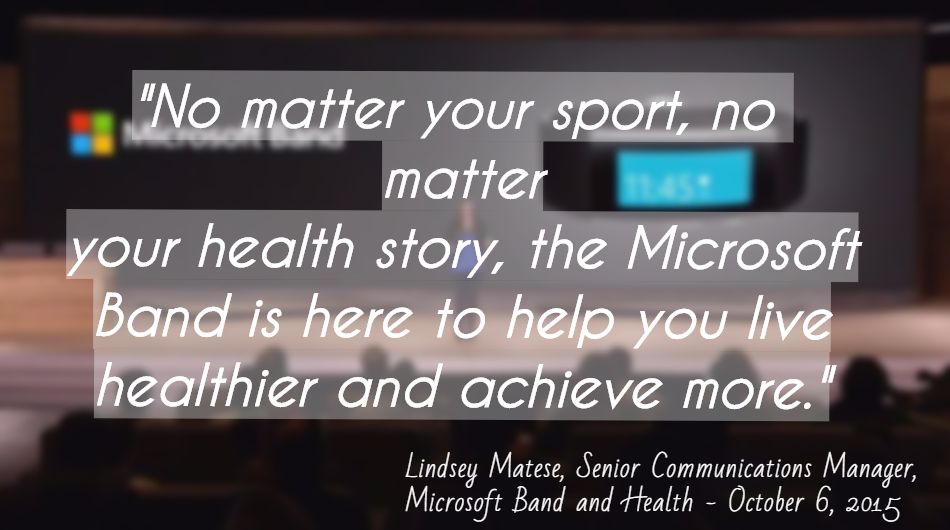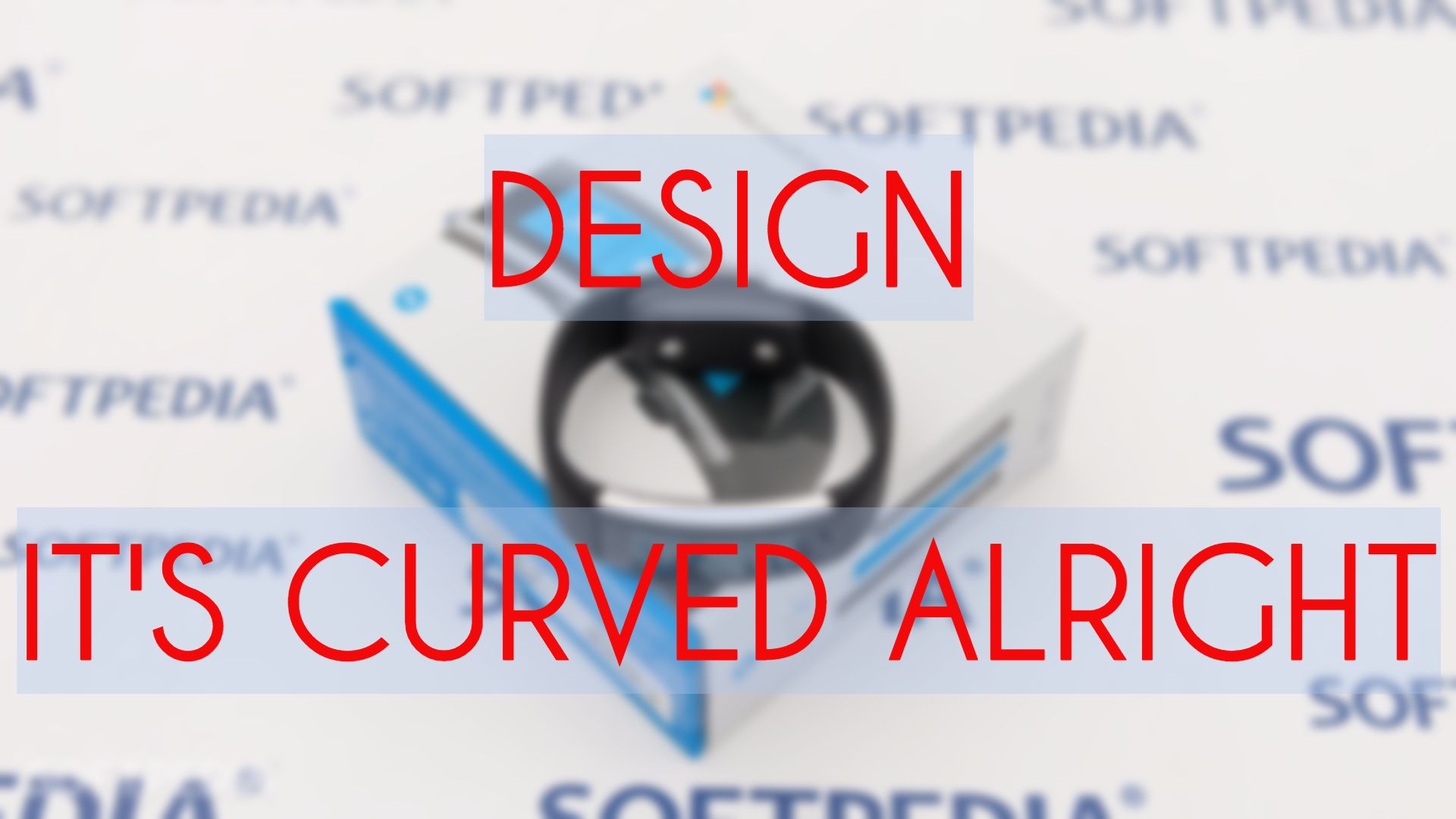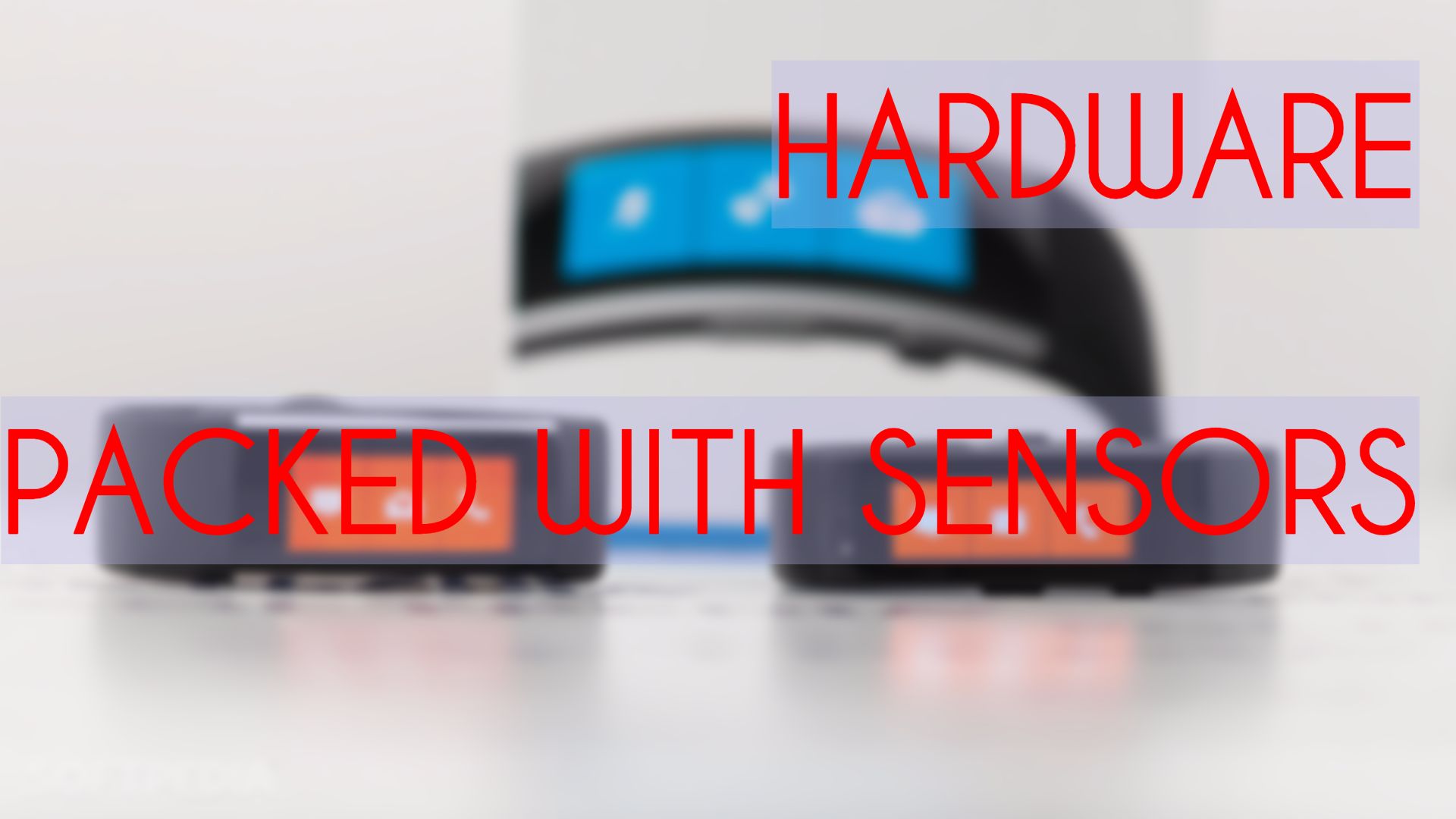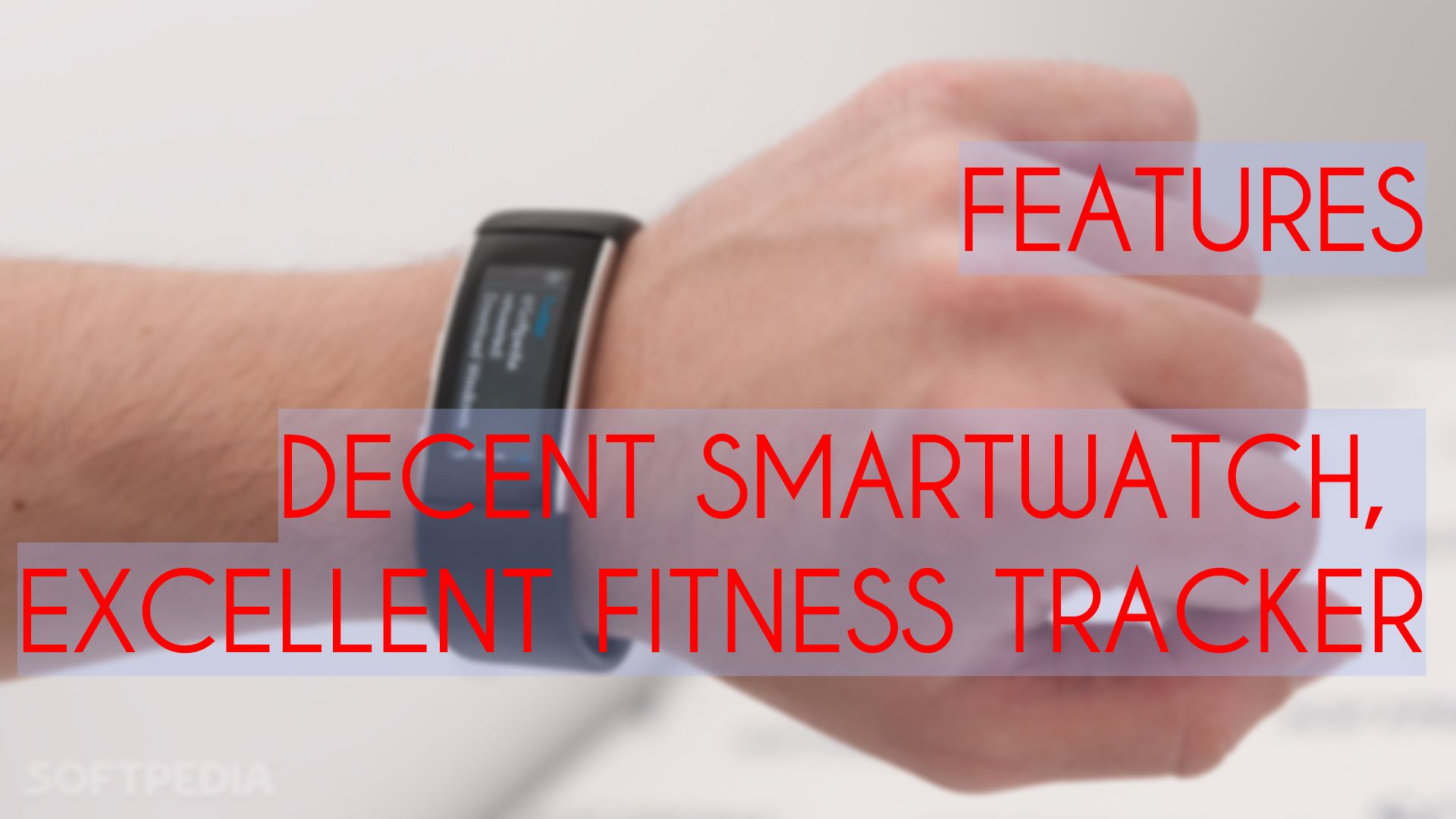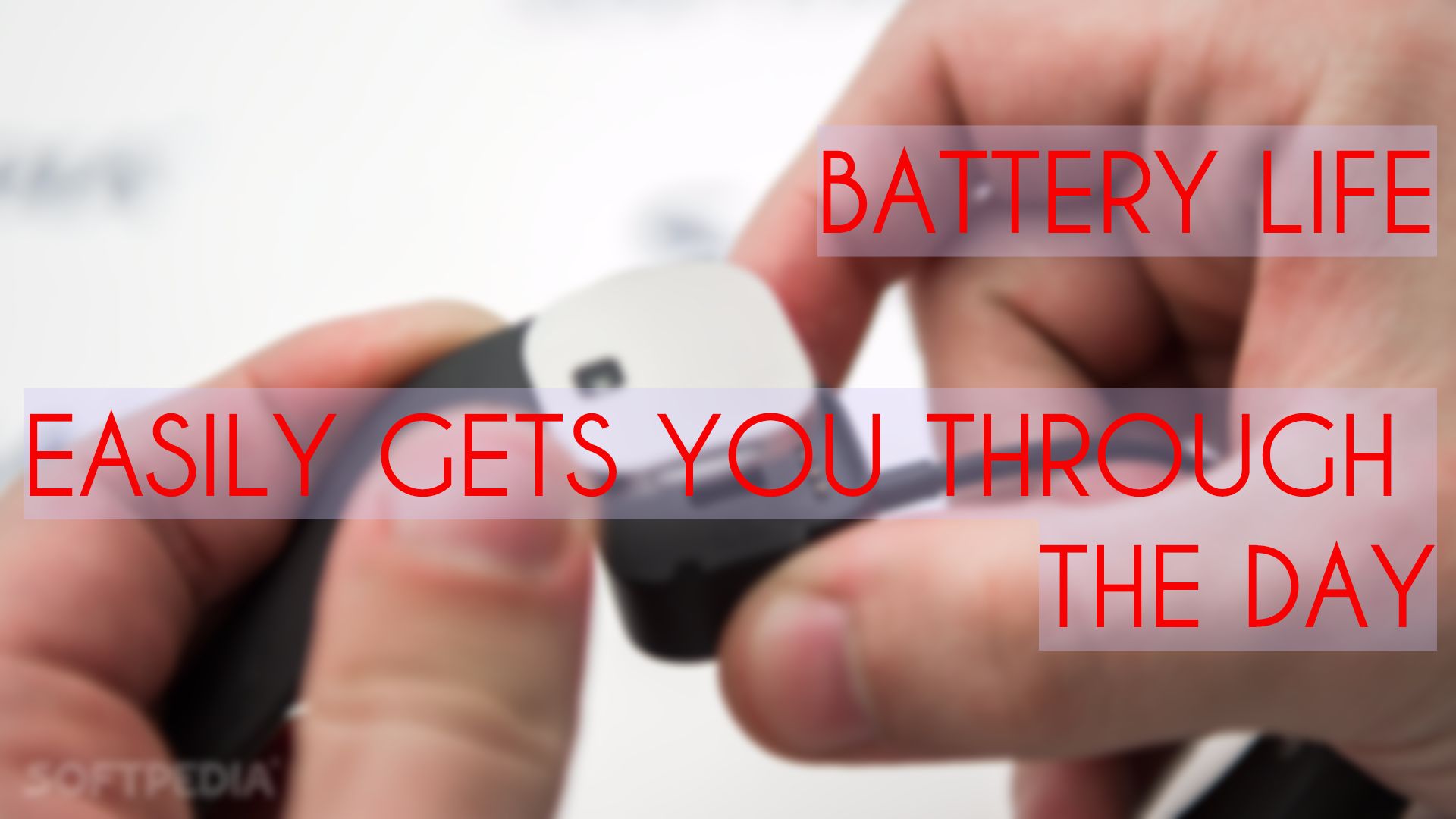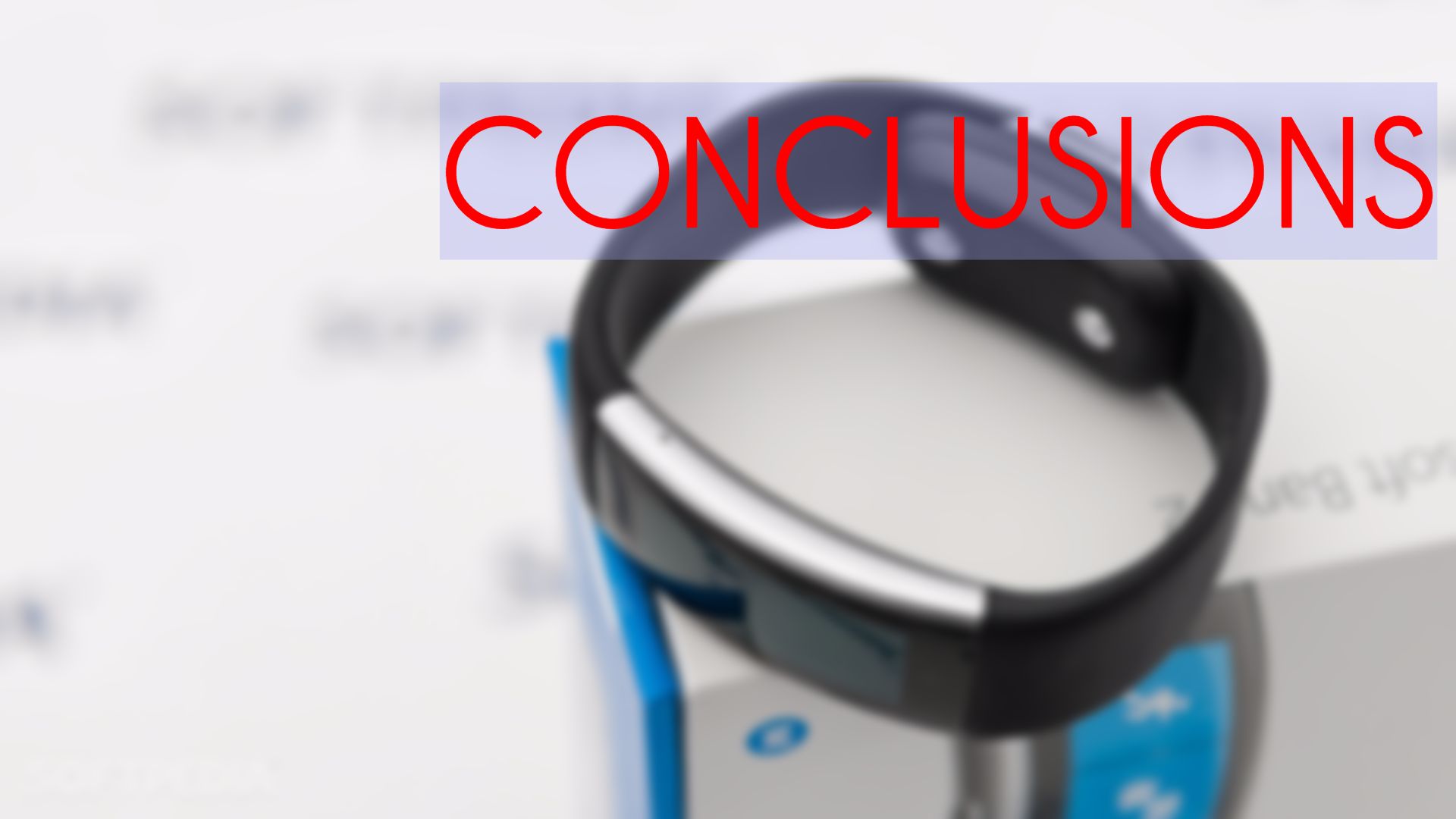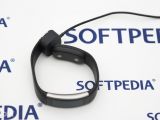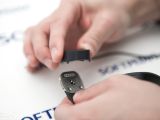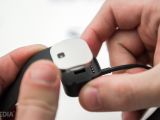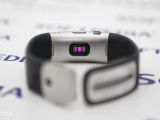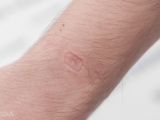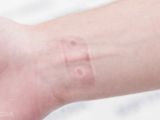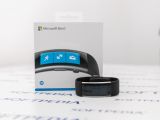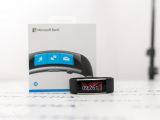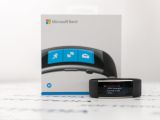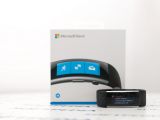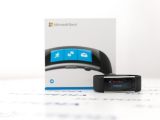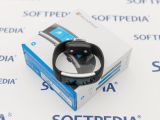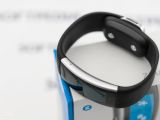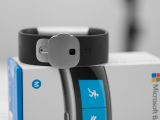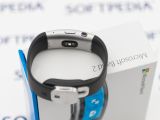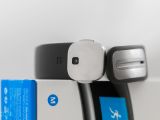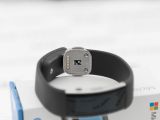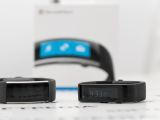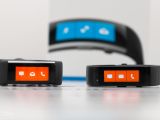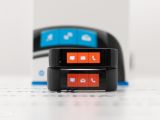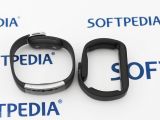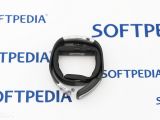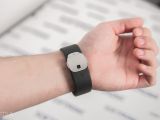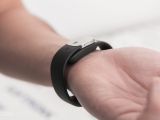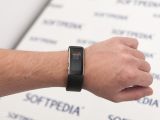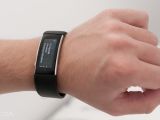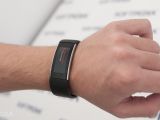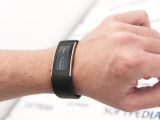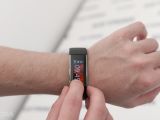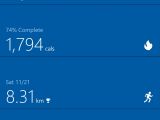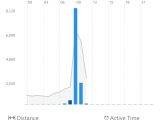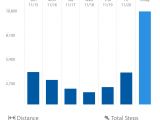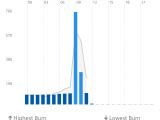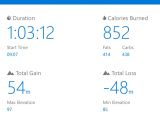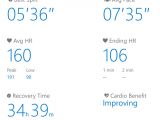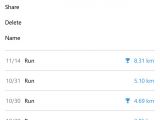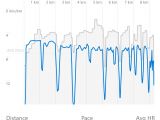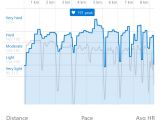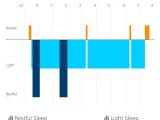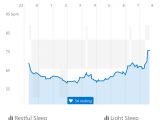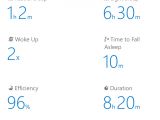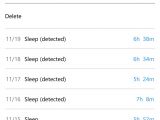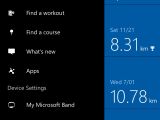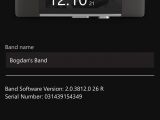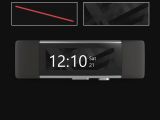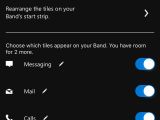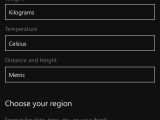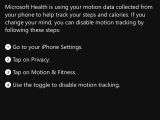| INTRODUCTION | FEATURES |
|---|---|
| DESIGN | BATTERY LIFE |
| HARDWARE | CONCLUSIONS |
It was Microsoft's only chance to stay relevant in an always-evolving world, so just building software for others' devices was no longer enough.
One year and a month later, Microsoft launched another device, this time supposed to benefit from the growing demand of a rapidly surging market that was targeted by several other big tech names, such as Apple and Samsung. Wearables became Microsoft's new thing with its Band fitness tracker, which wasn't exactly a smartwatch, but more of a smart wristband supposed to become your only companion when exercising.
The first-generation Microsoft Band sold in unexpectedly high numbers, so high that even Microsoft itself was taken by surprise. The company initially wanted to test the waters with limited volumes in the United States, but after it discovered that demand was growing all over the world, it decided to make the Band a global thing.
Again, Microsoft Band performed really well and attracted praises from buyers and reviewers alike. With everything going so well, it was only natural to expect a successor.
And this successor landed on October 6 during a grandiose hardware event held by Microsoft in New York and also hosting the unveiling of the Surface Pro 4 and the Surface Book. The Band 2 received only limited time during this crowded press event.
But the message was very clear: the Microsoft Band 2 arrived with a curved display, a new sensor, and a lot more.
After reviewing the first-generation Microsoft Band, we took its successor for a spin too, just to determine whether this is a worthy upgrade or not. Read on to discover our findings.
The first thing you'll notice when looking at the new Band is the curved display. Microsoft decided to go for this approach for the second-generation Band in order to make the device more comfortable, as its predecessor was always criticized for the way it fit your hands, especially those ridiculously small.
Microsoft launched this device with sleep tracking capabilities, so making it comfortable is absolutely cri-ti-cal. You can't sleep with a wristband that causes you pain, and this is why the curved screen is such an important addition.
The device comes with an AMOLED scratch-resistant and Gorilla Glass screen that measures 1.26x0.50 in (32x12.8 mm), so it's wider than the previous version. This again makes it easier to wear, at least as far as the display is concerned.
Microsoft has also redesigned the band and replaced the two batteries with just a single unit that's now placed on its lower side, as compared to the first model that had them on the sides. This means that the device generates less pressure on your wrist, but because of the dimensions of the display, it doesn't properly fit your hand if you don't choose the proper size (small, medium, and large sizes are available).
“The charger connects quite nicely.”
The clasp is completely different on the new Band but features the same easy-to-adjust system that lets you to perfectly fit the device on your hand. The inside part now houses the battery because this was pretty much the only place left (the upper side of the device integrates the heart rate sensor).
Overall, at the first glance, the Band 2 looks like it comes from the future. It does look futuristic, but this isn't necessarily a bad thing. Truth is, there were some people who instantly thought of Star Trek when seeing the Band 2, but it's just a matter of time until you get used to it.
If you're the kind of person who wears sporty or casual outfits, the Band 2 definitely looks great on your wrist. But it's not at all an inspired choice if you're wearing a suit, for instance. So you might have to take it off at certain times, even though it's supposed to monitor you 24/7.
Although it's a completely new model, the Band 2 doesn't differ too much in terms of hardware from its predecessor.
It has an AMOLED screen with a resolution of 320x128 pixels, and a band that's made of thermal plastic elastomer silicone vulcanite (TPSV), which is just another way of saying silicone or rubber. The band can withstand water, sweat, and dust, so it seems to be the right choice given the fact that we're talking about a fitness tracker.
Microsoft claims the lithium-polymer battery of the Band 2 can survive for 48 hours under normal use conditions, but if you get 1 day and a half you can consider yourself lucky (we'll discuss more in the battery section below, though).
The sensors department is where the Band 2 shines. It has an optical heart rate sensor, a 3-axis accelerometer/gyroscope, a gyrometer, GPS, ambient light sensor, skin temperature sensor, UV sensor, capacitive sensor, galvanic skin response, microphone, and barometer.
“You can't swim with it.”
The barometer is exclusive on the Band 2, but while Microsoft heavily promotes this addition, there's something really important to take into account. According to Wikipedia, the barometer “is a scientific instrument used in meteorology to measure atmospheric pressure. Pressure tendency can forecast short term changes in the weather.”
In other words, the Band 2 should be able to measure the pressure, but it doesn’t. In fact, the barometer available on the Band 2 is there to measure elevation, a thing that its predecessor was already capable of. Microsoft says that its device can detect changes in atmospheric pressure, but in the end, it only does it to “determine the vertical distance you travel.” But a dedicated sensor should make everything a lot more accurate, so the Band 2 barometer is more of an altimeter.
The Band 2 also comes with a haptic vibration motor and Bluetooth 4.0 support, which makes it compatible with pretty much all phones out there as long as they run Windows Phone/Windows 10 Mobile, Android, or iOS.
And last but not least, the Band has operating temperature ranges of 14° to 104°F (-10° to 40°C) and maximum operating altitude of -300m to +4877m.
| Band 2 | Band | |
|---|---|---|
| Band material | Thermal plastic elastomer silicone vulcanite with adjustable-fit clasp | Thermoplastic elastomer with adjustable-fit clasp |
| Display | Size: 12.8mmx32mm 0.50x1.26in Display Type: AMOLED Resolution: 320 x 128 pixels | Size: 11mm x 33mm 0.4x1.29in Display Type: Capacitive 1.4" TFT full color display Resolution: 320 x 106 pixels |
| Sensors | Optical heart rate sensor 3-axis accelerometer/gyro Gyrometer GPS Ambient light sensor UV sensor Skin temperature sensor Capacitive sensor Galvanic skin response sensor Barometer |
Optical heart rate sensor 3-axis accelerometer/gyro Gyrometer GPS Ambient light sensor UV sensor Skin temperature sensor Capacitive sensor Galvanic skin response sensor |
| Others | Microphone Haptic vibration motor |
Microphone Haptic vibration motor |
| Connectivity | Bluetooth 4.0 (low energy) | Bluetooth 4.0 (low energy) |
| Compatibility | Windows Phone 8.1 Update, with Bluetooth 4.0 iOS 8.1.2 or later: iPhone: 4S, 5, 5C, 5S, 6, 6 Plus Many Android 4.3 – 5.0 phones with Bluetooth |
Windows Phone 8.1 or later, with Bluetooth 4.0 For best results, use Windows Phone 8.1 Update or later. iOS 7.1 or later: iPhone 4s, 5, 5c, 5s, 6, 6 Plus Many Android 4.3 – 5.0 phones with Bluetooth |
| Battery | Type: Lithium-polymer Life: 48 hours of normal use; advanced functionality like GPS affects battery performance Average charge time: Full charge in less than 1.5 hours Connector: Magnetically coupled connector to USB | Type: Dual 100mAh rechargeable lithium-ion polymer batteries Life: 48 hours of normal use; advanced functionality like GPS affects battery performance Average charge time: Full charge in less than 1.5 hours Connector: Magnetically coupled connector to USB |
| Environmental | Water resistance: Dust and splash resistant Operating temperature ranges: 14°F to 104°F (-10°C to 40°C) Maximum operating altitude: -300m to +4877m | Water resistance: Dust and splash resistant Operating temperature ranges: 14°F to 104°F (-10°C to 40°C) Maximum operating altitude: 3,937 feet (1,200 m) |
| What's in the box | Microsoft Band 2 USB magnetic connector cable Quick Start Guide |
Microsoft Band USB magnetic connector cable Safety and warranty document Quick Start Guide |
| THE SMARTWATCH | THE FITNESS TRACKER |
|---|
Let's start with the least important part when talking about a fitness tracker (although we're pretty sure that many will claim otherwise): smartwatch capabilities.
► MICROSOFT BAND, THE SMARTWATCH
Given the fact that the Band 2 works with the majority of phones on the market, it can truly deliver the essential smartwatch features, such as notifications right on your wrist. The Band 2 can pull notifications for basically every single app on your phone, including both first and third parties.
But although it does display notifications, your options are rather limited: you can't answer a call, send a text or post on Twitter, even though you can see all of these on your display. You can also see the weather forecast, but only if location is enabled on your phone (which doesn't really make sense actually, especially if you've already set up a location in the default weather app on the phone).
“Absolutely all phone notifications on your wrist.”
The Band 2 comes with several subtle tweaks that really come in handy to many buyers.
First of all, it finally comes with a watch mode that lets you check the time when rotating your wrist. This option is much more battery-friendly than the classic “always on” watch mode because this way the display can stay off most of the time. Additionally, the device also lets you define the way you wear it (on the left/right hand, on the inside/outside of the wrist), so that this rotate mode accurately detects your hand movements to turn on the display.
Additionally, the device also comes with a so-called smart alarm system that monitors your sleep and wakes you up at the right moment in the last 30 minutes of your sleep. This is supposed to make you feel less tired when waking up, and we've found this feature to be particularly accurate, although there are moments when the alarm starts only 1 minute before the configured time.
► MICROSOFT BAND, THE FITNESS TRACKER
Now let's get to the part where the Band scores better points: fitness tracking.
Given the fact that it comes with such a rich sensor lineup, the Band 2 can help you stay in tip-top shape 24/7 and measure not only the way you exercise, but also sleep and burned calories. The companion Microsoft Health provides you with a closer look at collect stats, but at the same time, you can also see basic information on the device's screen.
The Band 2 supports a wide array of sports, including running, biking, golf, and multiple types of workouts. It even includes guided workouts which you can configure from the Health app, so it can become your personal trainer that assists you as you advance in beginner, medium or expert fitness exercises.
Doing an exercise with the Band 2 is really easy. Simply select the type of exercise you wish to start, say running, choose whether to use GPS or not, and press the action button to start. There are a few things that need to be mentioned here.
We've noticed that getting GPS signal can take anywhere from 10 seconds to 15 minutes and this time varies because of several factors, including your location. Also, if you don't want to wait while the Band searches for GPS, you can start running and let the search continue in the background, but in some cases, it fails to connect, so the whole session goes without GPS. Obviously, continuously searching for GPS also affects battery life, so the faster it finds signal, the better.
“Connecting to GPS takes anywhere between 10 seconds to 15 minutes.”
And before anything, GPS is a must-have for running and biking because it can offer super accuracy for distance. The Band 2 also keeps you up to date with the number of steps, heart rate, split times, burned calories, and other important details. Obviously, it can also measure steps throughout the day, even if you don't exercise at all.
Quick synchronization with your phone lets you have an in-depth look at your stats and Microsoft's Health Web Dashboard is also available for detailed graphs that let you analyze the way you improved in the last 7 or 30 days. But the synchronization process seems to take insanely long on iOS, a problem that also existed on the first model, while on Windows Phone everything works blazing fast.
Unfortunately, the Band doesn't offer support for Apple's HealthKit, so you can sync your data with Apple Health. No matter the device, Microsoft Health is the one and only companion app. Support for third-party apps, such as Runkeeper, is also available, but the selection is rather limited for now.
We've found the Band readings to be really accurate, and as far as heart rate monitoring is concerned, the device can provide figures that are very close to those determined with an electrocardiogram.
But here comes the interesting part. While the Band 2 is a really good device for fitness tracking and sleep monitoring, wearing it is not at all an easy thing to do. Microsoft picked the curved screen to make the device more comfortable, but the end result is not as good as you'd expect it to be.
Both the upper and the lower parts of the wristband cause permanent pressure on your wrist, no matter how loose or tight you wear it. Obviously, the tighter you choose, the more painful it gets and the picture here pretty much speaks for itself. As you can see, the device leaves a mark on your skin, which goes away after a while, but it's very important to note that this happens even if you wear it very loose.
“The Microsoft Band 2 can become really painful at certain times.”
This isn't in any way rant, but the pure truth and what's worse is that you are supposed to wear it during sleep, so you have to try very hard to get used to it. Once you do, it becomes easier to wear the Band 2 during sleep, but it still leaves a mark on your skin anyway. Working on a laptop, however, is nearly impossible because you need to support your hand on the desk and more pressure is applied. The result can be painful, so we found ourselves removing the Band when typing on a keyboard.
Given its futuristic look and the way it generates pressure on your wrist, some say the Band would be Captain Jean-Luc Picard's favorite pair of handcuffs, and unfortunately, this wouldn't be an overstatement. The design of the Band 2 is not in any way comfortable, at least not for a device that you're supposed to wear all the time.
Microsoft says that in normal use, the Band 2 can stay alive for 2 full days, but as we've already said, 1 day and a half is a more realistic estimate. If you exercise every day, you need to recharge it every 24 hours, just to make sure you don't run out of battery all of a sudden.
The more features and sensors you use, the bigger the battery drain, but anyway, even if you keep Bluetooth always on to sync with your phone, get notifications, and exercise 30 minutes a day, the Band can still get you through the day.
The charging process is super fast, and using a standard wall charger gives you 80 percent of battery in just 30 to 40 minutes. The remaining 20 percent charges very slowly, though.
But overall, the Band is above the average in terms of battery life and it's hard not be impressed, especially because of the army of sensors that are hiding underneath its case. Microsoft did a great job with battery optimization, so everything's good in this department.
There's no doubt that the Band 2 is an improvement over its predecessor, but it's just not enough. It's as good as the first model when it comes to fitness tracking and really decent as a smartwatch, but there are things that could become deal breakers for some.
The Band 2 can hardly be considered a comfortable device, and at first, it could really be a painful experience, especially if you're working on a laptop all day long. It leaves a mark on your wrist and if you want to sleep with it, it gets even worse.
After trying a wide selection of smartwatches, it's pretty clear that the Band 2 is far from the leading places in terms of comfort, but it certainly fights for the first places as far as fitness tracking goes.
The spec sheet shows that this is one of the most advanced wearables on the market and it's simply packed with sensors, which means that it monitors basically everything, including here exercises, heart rate, and sleep. But unfortunately, it's not all about monitoring you all day long.
Leaving the way it hurts your wrist aside, the Band 2 doesn't match any outfit, so if you have to wear a suit, the sporty design of the device makes it impossible to wear all the time. And that's a bad thing, especially if you want to monitor yourself day and night.
For now, the Band 2 just seems to be perfect device for exercising. It's the kind of wristband that you put on when you go for a run but take it off when you're done. Wearing it 24/7 is a struggle and it's a lot less comfortable than other smartwatches on the market.
In the end, the Band 2 is an unfortunate mix of great ideas with not so great design. Maybe next time.
Update - December 6, 2015: we've found that the Band 2 is way more comfortable when you wear it on the inside of the wrist. Although it's designed to be worn in both ways, there's no doubt that it's a lot less painful to use it on the inside of the wrist and Microsoft should really make everyone aware of this important advantage. There's no impact on the logged data and the Band 2 is as effective as before, but in terms of comfort, it's simply easier to wear it this way.
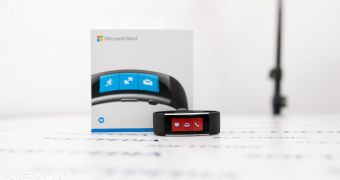
 14 DAY TRIAL //
14 DAY TRIAL // 